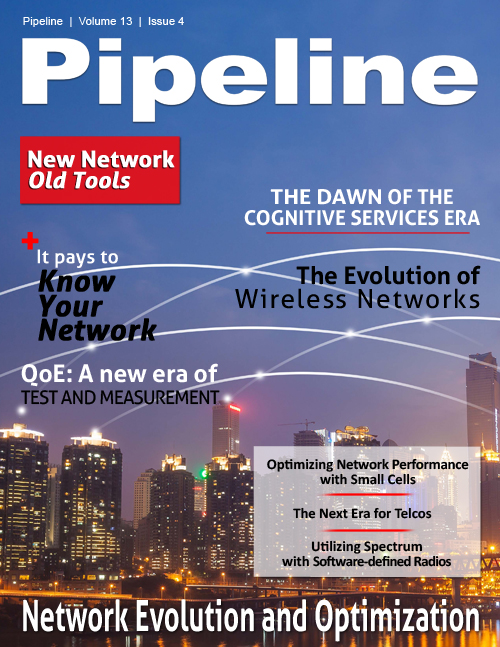The Next Era for Telcos: Zero Latency Computing, Fog Computing, NFVi and Automation
All of these technologies and computing concepts will fundamentally change how telcos deliver services and operate their businesses. They also dovetail with their efforts to become a connectivity and services platform, as opposed to just providing the communications plumbing. Nonetheless, implementing fog computing, NFVi, Zero Latency Computing and automated services automation will require sweeping changes in business models, design approach, and operations. Also, service providers will have to tackle technical and cultural challenges.
As an example, the silos that demarcate telcos’ network and applications operations should be eliminated. These silos impede agility, adding days or even weeks to service change requests that (more often than not) should happen in seconds. To boost network efficiency, operators are adopting SDN and NFV and moving away from proprietary, hardware-based network equipment, according to Deloitte’s telecommunications industry report. Service changes and requests that spread across five departments and 30 people today, could be automated to involve a few people and a collaborative system that resolves in one cohesive movement. NFV is taking hold. A market research study by IHS Markit in August found that all of the service providers queried in a survey will use NFV at some point, with 81 percent expecting to do so by 2017. For the survey, IHS Markit interviewed purchase-decision makers at 27 service providers around the world.
It is imminent that telcos are leveraging open source technologies, but there are still limitations around capabilities, compatibility, and support.
While much of the existing equipment that uphold the underlying infrastructure has been around for a few years, virtualizing and automating it all to work together is not an easy task. Because many of the capabilities in legacy equipment are topology or vendor specific, they can sometimes create bottlenecks when applications traverse multiple clouds. These incongruities hinder NFV’s goal of grouping network assets and then instructing the overall network on how to move services and data through it, regardless of topology. There are open source technologies under development that address this; Service Function Chaining (SFC), as part of the Open Daylight SDN framework, is designed to provide the ability to define an ordered list of a network services (e.g., firewalls, load balancers) that can be stitched together in the network to create a service chain. These unique chained services combinations are what comprise the product to be sold and monetized to the consumer.
It’s important to note that telcos will still have to support and use proprietary vendor platforms in order to run the mission-critical functions of their existing and near-term services. This is where the use of automated services orchestration and robust management of all the combined elements – new and old – is paramount. Telcos will have to rely on flexible, adaptable and reusable software development as well as lifecycle service orchestration for the identification, consumption, and release of resources at a high level. As next-generation applications become more entrenched in our society, telcos will have to ensure orchestration happens within the context of Zero Latency Computing. Orchestration will have to be adaptive and be able to scale in time, not just scale.
Delivering connectivity will increase in complexity, and it will not be just about capacity. The diverse ecosystem to deliver a service implies telcos will not ultimately control service levels because they, at times, will not have direct command over all of the infrastructure (physical, cloud, and virtual) between themselves and the end customers. And the interoperability issues that could arise between today’s virtualized infrastructures built for computing resources and other initiatives in implementing a software-defined wide area network (SD-WAN) present additional problems, especially considering how many assume that a virtualized infrastructure will always live within the data center. In fog computing, there might be thousands of interconnected data centers supporting virtualized infrastructure. Entering this new era, service providers must learn to effectively coordinate resources across the entire ecosystem.
Telecom leaders need to advance their strategies. They have successfully weathered many industry shakeups and transformed themselves in order to remain competitive. Now they need to rethink how they design and evolve their infrastructures. They must move away from proprietary systems and consider adopting open source where it makes sense, upgrade individual network components and automate them using NFV, and rethink the way they offer services. It’s a tall order and one that will likely require new partners – partners who understand the importance of fog computing and Zero Latency Computing and the impact the two technologies will have, and who also realize that this transformative evolution will need to happen without upending how telcos operate their businesses today.



















